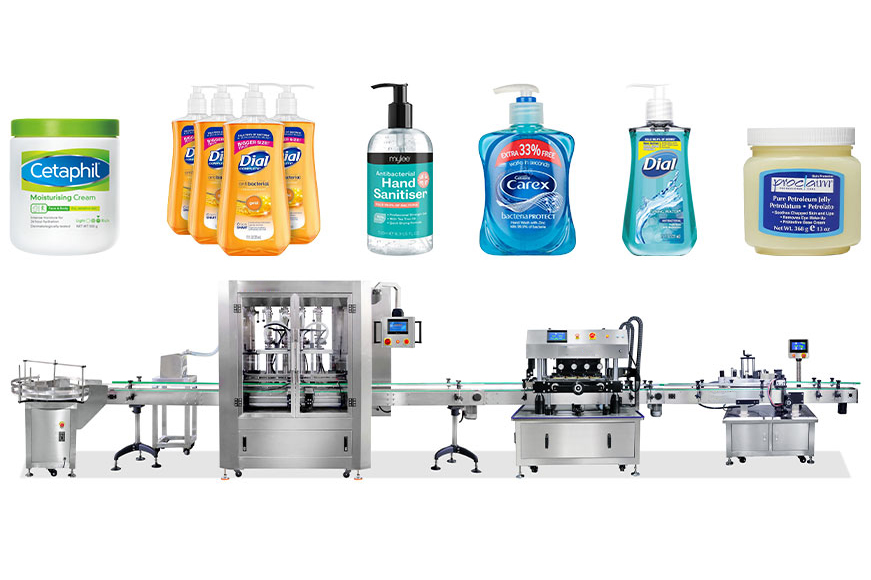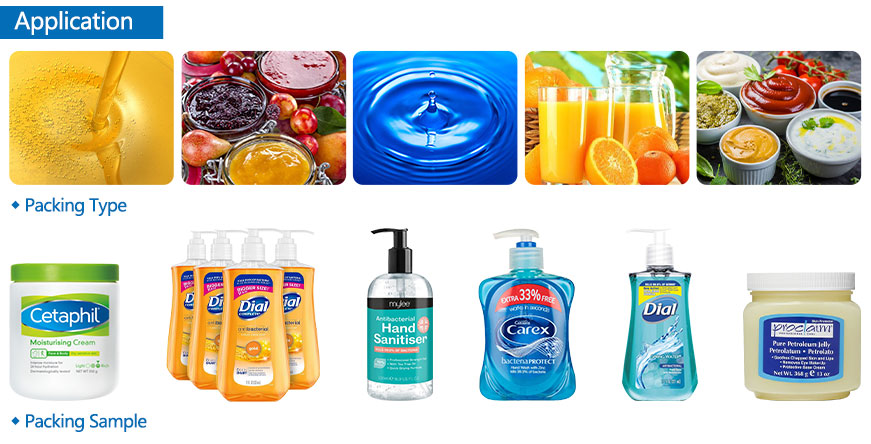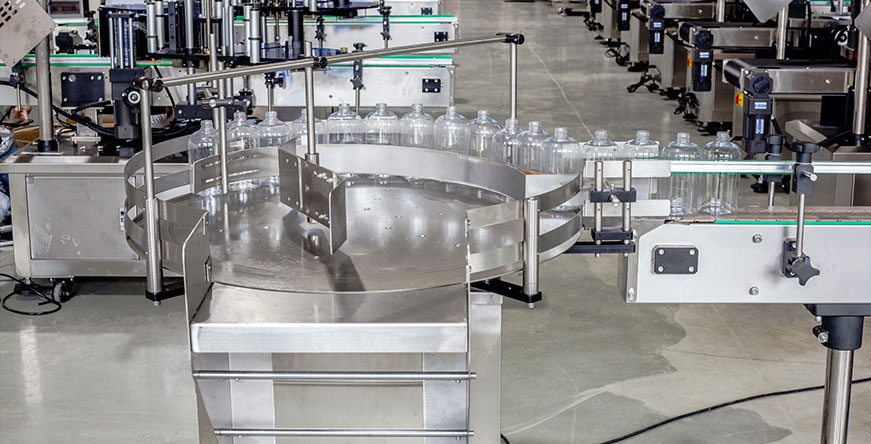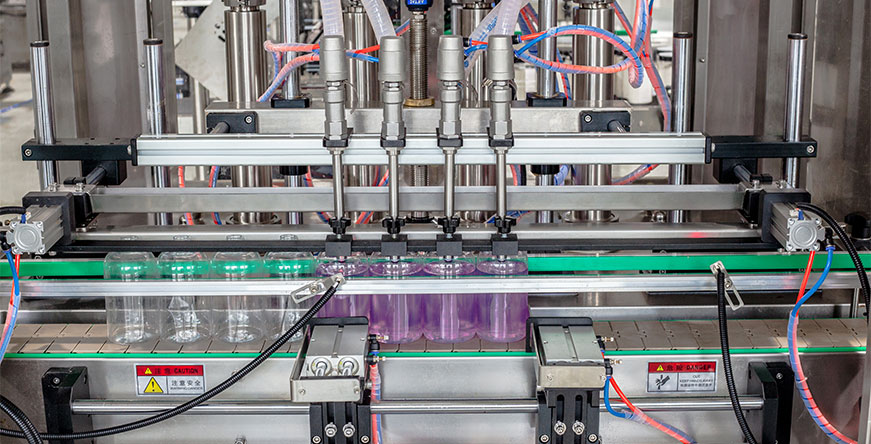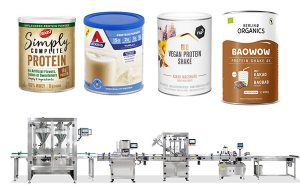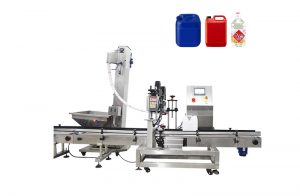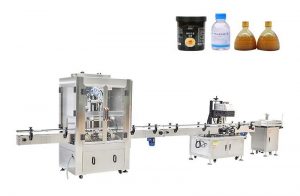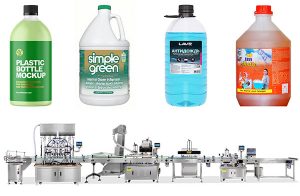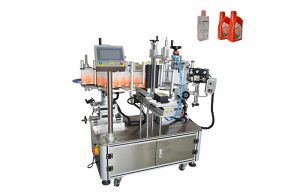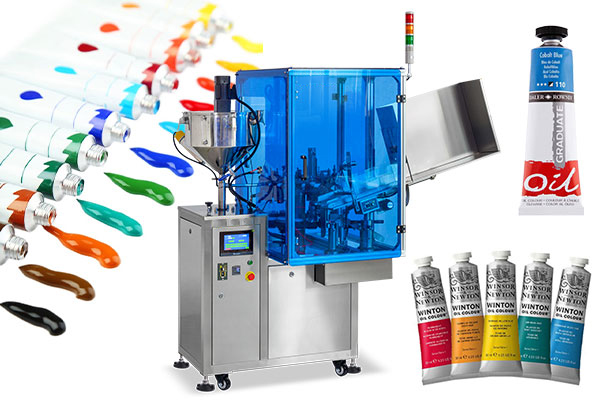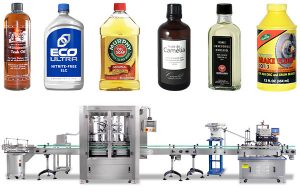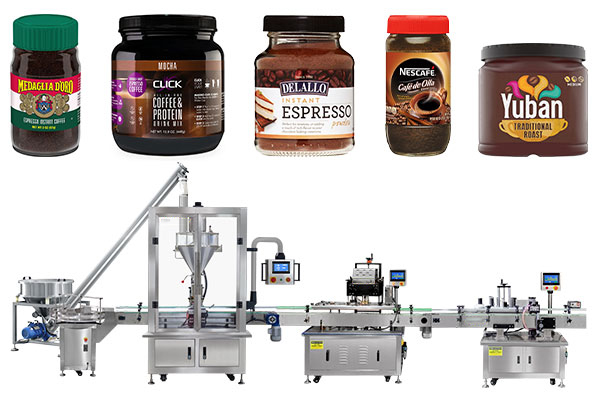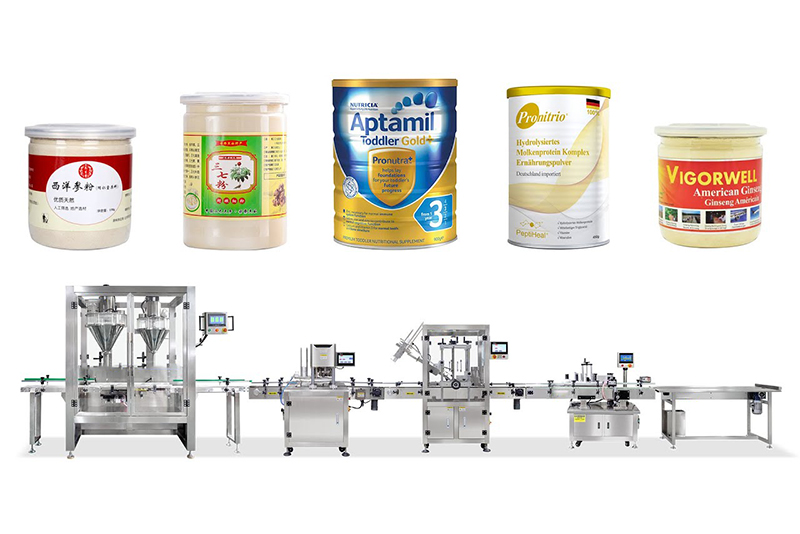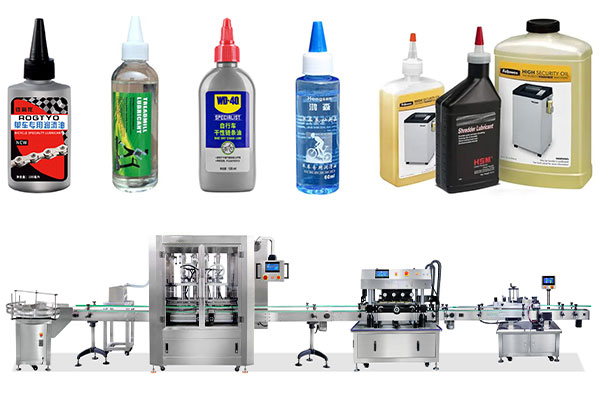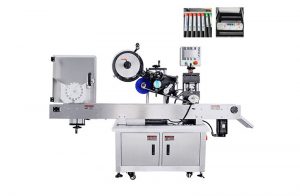The first piece of equipment in the line is the liquid filler. This machine is responsible for filling the bottles with the liquid product. The filler can be a gravity filler, a positive displacement filler, or a volumetric filler. The type of filler used will depend on the product being filled and the desired fill accuracy. The filler is connected to the product source, such as a tank or drum, and the bottles are fed into the filler by a conveyor belt.
The next piece of equipment in the line is the capper. This machine is responsible for applying the cap to the filled bottle. The capper can be a screw capper, a snap capper, or a press capper. The type of capper used will depend on the type of cap being used and the desired level of tightness. The capper is connected to the filler and the bottles are fed into the capper by a conveyor belt.
The final piece of equipment in the line is the labeler. This machine is responsible for applying a label to the filled and capped bottle. The labeler can be a pressure sensitive labeler, a glue labeler, or a shrink sleeve labeler. The type of labeler used will depend on the type of label being used and the desired level of accuracy. The labeler is connected to the capper and the bottles are fed into the labeler by a conveyor belt.
The full automatic liquid bottle filling, capping, and labeling line is designed to work in a continuous process. The bottles are fed into the filler, then into the capper, and finally into the labeler. The line is controlled by a programmable logic controller (PLC) which monitors the process and makes adjustments as necessary. The PLC is also connected to a human-machine interface (HMI) which allows the operator to control and monitor the line.
The full automatic liquid bottle filling, capping, and labeling line is a highly efficient and cost-effective solution for filling, capping, and labeling bottles with liquid products. The system is designed to work in a continuous process, which reduces downtime and increases production speed. The line is also easy to operate and maintain, which reduces labor costs.
The full automatic liquid bottle filling, capping, and labeling line is also designed to meet the highest industry standards for quality and safety. The system is built with high-quality materials and components and is designed to meet the requirements of the food and beverage, pharmaceutical, and personal care industries. The line is also designed to meet the requirements of GMP (Good Manufacturing Practices) and HACCP (Hazard Analysis and Critical Control Points) standards.
In conclusion, a full automatic liquid bottle filling, capping, and labeling line is a complete system designed to fill, cap, and label bottles with liquid products. The system is made up of several different pieces of equipment that work together to complete the filling, capping, and labeling process. The line is highly efficient and cost-effective, easy to operate and maintain, and meets the highest industry standards for quality and safety. This type of system is commonly used in the food and beverage, pharmaceutical, and personal care industries.
Application:
It is suitable for any mobility liquid, such as detergent, automobile oil, glass water, hand sanitizer, shower gel, shampoo, mayonnaise, ketchup, oil, yogurt, cream, tomato sauce, hot sauce, chili sauce, honey, etc.
Packaging Material:
Glass, Metal, Paper, Plastic, Wood, And Others.
Kindly Reminder:
We have an experienced team of R & D engineers who can customize packaging solutions according to your product characteristics.
Packaging Sample:
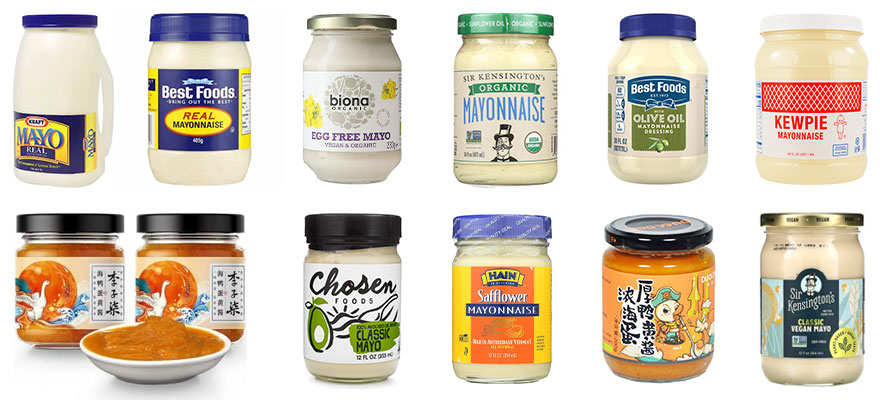
Parameters:
| Model | VK-TJ-04 |
| Filling Range | 50-1000ml (customizable) |
| Filling Speed | <15-25 bottles/min (refers to the range of 100-500ml) |
| Measurement Accuracy | ±1% |
| Control system | PLC |
| Total production line power | 5.5KW |
| Power supply | 220V、50Hz |
| Air consumption | 0.6-0.8m³/min |
| Equipment material | 304 |
| Description of the main packaging process | Unscramble bottles → Filling → Four-wheel screw cap → Labeling |
Features:
1. According to the needs of different configurations of automatic equipment assembly;
2. All the machine structures are selected and designed according to the food hygiene standards;
3. The inner wall of the container in contact with the material is polished;
4. The structures that are often disassembled and washed are all connected by easily disassembled parts, which is convenient for cleaning;
5. The packing line is mainly suitable for packing all kinds of liquid, fluid, and paste material, such as juice, edible oil, sauce, daily necessities, medicine, etc;
6. Complete set, the whole line is fully automatic, saving labor;
7. Piston-type measuring cylinder, servo drive, suitable for large particles of thick sauce filling;
8. Special sauce anti-drip filling head and increase the rotary valve, filling large particles of sauce, not blocking and leaking;

